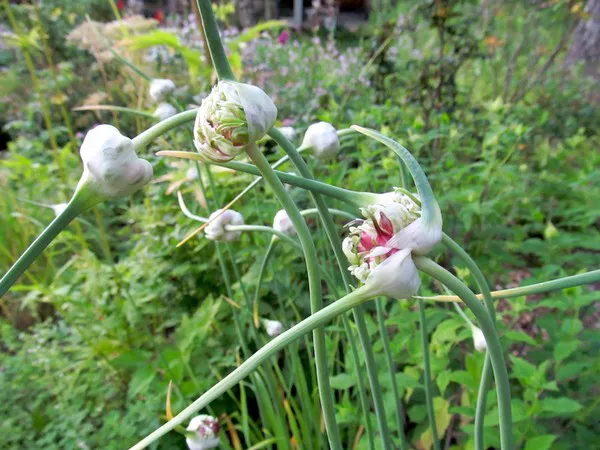Pest infestations can be a frustrating and costly problem for homeowners. Whether it’s ants invading your kitchen, mosquitoes buzzing around your backyard, or aphids damaging your plants, finding an effective solution is crucial. While commercial pest-control products are readily available, many individuals are turning to homemade pest-control sprays as a more natural and cost-effective alternative. In this comprehensive guide, we will explore various recipes and methods to create homemade pest-control sprays that are not only efficient but also environmentally friendly.
Understanding the Need for Pest Control
Pests, including insects, rodents, and other unwanted creatures, can pose significant challenges to maintaining a clean and healthy living environment. The presence of pests can lead to various issues, ranging from property damage to health hazards. It is essential to address pest problems promptly and efficiently to safeguard your home and well-being.
Choosing the Right Ingredients
The first step in creating an effective homemade pest-control spray is selecting the right ingredients. Many common household items have proven to be effective in repelling or eliminating pests. Ingredients such as vinegar, essential oils, garlic, and citrus fruits are known for their pest-repelling properties. Incorporating these ingredients into your DIY spray can help create a powerful and natural deterrent for a wide range of pests.
Creating a Basic Pest-Control Spray
One of the simplest homemade pest-control sprays involves using white vinegar and water. The acidity of vinegar disrupts the sensory signals of pests, making the environment inhospitable for them. To make this basic spray, mix equal parts of white vinegar and water in a spray bottle. This solution is effective against common pests such as ants, spiders, and even some types of flying insects. Regular application in areas prone to infestations can help maintain a pest-free environment.
See Also: Is mint a natural insecticide?
Enhancing Your Spray with Essential Oils
Essential oils are potent extracts derived from plants, and many of them possess natural insect-repelling properties. Adding essential oils to your homemade pest-control spray can enhance its effectiveness while providing a pleasant aroma. Oils like peppermint, eucalyptus, tea tree, and citronella are known for their ability to repel various pests. Experiment with different combinations to find the scent that works best for your specific pest control needs.
Targeting Specific Pests
Different pests require different approaches, and tailoring your homemade pest-control spray to target specific insects can increase its efficacy. For example, a solution containing neem oil is highly effective against common garden pests like aphids, mites, and caterpillars. Neem oil disrupts the life cycle of these pests, preventing them from reproducing and causing further damage to plants.
Addressing Indoor Pest Problems
Indoor pests, such as cockroaches and ants, can be particularly challenging to eliminate. Creating a homemade indoor pest-control spray involves using ingredients that are safe for use inside your home. Diatomaceous earth, a natural powder that is harmless to humans and pets but lethal to insects, can be mixed with water to create a potent indoor pest-control spray. Additionally, incorporating borax, a common household cleaner, can effectively combat ants and cockroaches.
Safety Considerations
While homemade pest-control sprays are generally safe for use, it is essential to consider potential risks and take necessary precautions. Avoid spraying near food preparation areas, and ensure proper ventilation when using strong-smelling ingredients like essential oils. Keep the spray out of reach of children and pets, and always label your homemade solutions with clear instructions.
Monitoring and Adjusting Your Approach
Pest control is an ongoing process that requires vigilance and adaptability. Regularly monitor your home and garden for signs of pests, and adjust your homemade pest-control spray as needed. If a particular pest becomes resistant to your current solution, try experimenting with different ingredients or concentrations to maintain effectiveness.
Conclusion
Creating a homemade pest-control spray offers a natural and cost-effective alternative to commercial products. By using common household items and natural ingredients, you can address a wide range of pest problems while minimizing the environmental impact. Whether you’re dealing with ants in the kitchen, mosquitoes in the backyard, or garden pests damaging your plants, the recipes and methods discussed in this guide provide effective solutions to keep your home pest-free. Implementing these homemade pest-control strategies not only protects your property but also promotes a healthier and more sustainable living environment.


